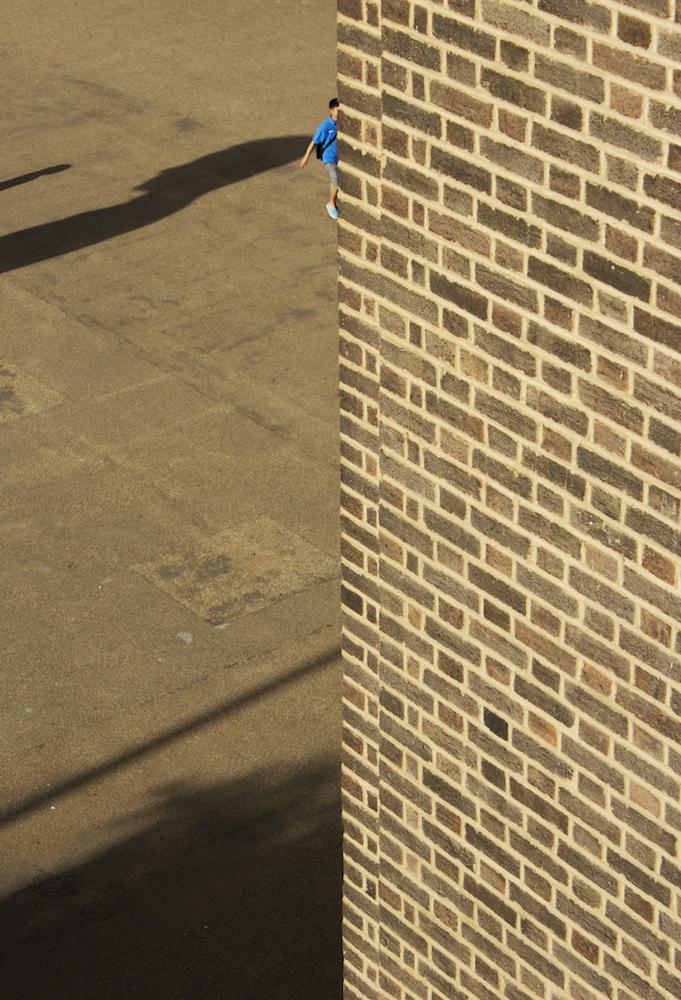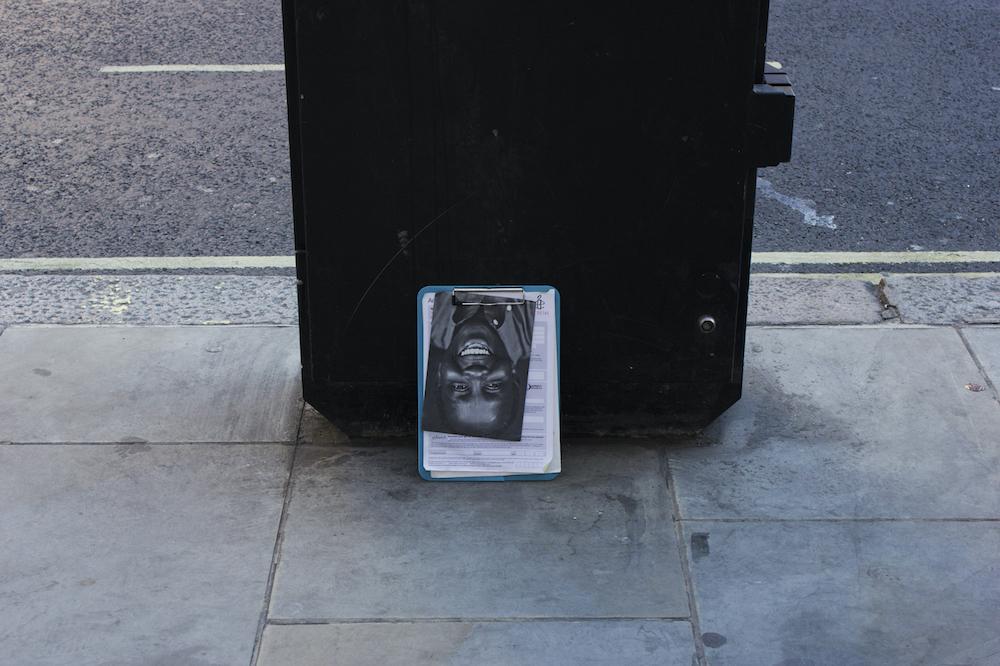A Renaissance of Walking: A Digital Symposium on Walking and Photography
.jpg)
Screenshot from Day One of the symposium with presentations by Katja Stuke, Paroma Mukherjee, Boris Sieverts and Vijay Prabhat Kamalakara with the discussion moderated by Ram Rahman.
Organised jointly by the Biennale für aktuelle Fotografie (Germany) and the Chennai Photo Biennale (India), About Walking was a two-day symposium that investigated the social and political perspectives on what the act of walking could mean across transcultural photographic practices. Curated by Shuchi Kapoor, Marie-Kathrin Blanck and Yasmin Meinicke, the digital symposium took place in March 2021. At a time when many parts of the world are still reeling from the Covid-19 pandemic, the need to explore a subject such as walking gains renewed importance. While some understood it as an activity of personal well-being, it also brought to mind the harrowing reality of the Indian migrant workers and homelessness.
In this interview with Shuchi Kapoor and Marie-Kathrin Blanck, we discuss the framework of the symposium, the nature of collaboration and the challenges of hosting an online symposium on walking.

From the series Sojourn. (Paroma Mukherjee. London, 2011–12. Image courtesy of the artist.)
Sukanya Baskar (SB): To begin with, could you outline some of the curatorial strategies for how you came up with the concept of the symposium? How did you develop the idea of walking for a digital platform?
Marie-Kathrin Blanck (MKB): In Germany, we have only been able to go on walks for over a year now. Before that, because of the more or less constant lockdown, there were hardly any alternatives. In many ways, what we noticed in the past year was a “renaissance of walking.” There have been tons of newspaper articles, podcasts, radio and television features produced on the topic of walking. There are specific podcasts that you can listen to while going on a walk and music playlists that have been curated for different types of walks. When we spoke about it as a team, we noticed that we have all walked more in the recent past—either going to the supermarket, meeting friends in the park or to and from work, etc. In a way, walking became our preferred mode of transportation.
To transport a topic like this into the digital realm, might not seem obvious at first. However, for us, there really was no other option as we would have not been allowed to host a symposium in person. We conceived this event together with our partners in Chennai with whom we already had great experiences in shared online events. Today, walking/wandering not only takes place offline but online as well. Archive photographs allow us to wander into past times, Instagram or Google Street View allow us to travel digitally to distant places and take a virtual walk on our screens. At first, the title for the symposium was “Strolling – Walking – Scrolling…”

From the series Sojourn. (Paroma Mukherjee. London, 2011–12. Image courtesy of the artist.)
SB: With a subject like walking, on the one hand, you are looking at the practice of walking as used by photographers. On the other hand, you are also looking at photographing the act of walking, through images of protest marches, the recent forced migration of workers during the lockdown, etc. What are some of the different perspectives on walking that evolved as a part of the symposium that may have withered, supported or challenged the original curatorial framework?
MKB: When we conceived the symposium with our partners at the Chennai Photo Biennale, we really wanted to address the topic of walking from a transcultural perspective. Thus, our original curatorial framework tried to be quite open in this way. What I found fascinating during the symposium was that rather than focusing on the differences, the presentations and panel discussions also unearthed similarities in these different approaches. For example, writer and photographer Paroma Mukherjee spoke about so-called “suggestions to act” that she encountered when walking, and you can also see that in German photographer Katja Stuke’s or Polish photographer Michal Iwanowski’s work.

Presentation by Katja Stuke on wandering in cities like Osaka and Tokyo in Japan during the making of the series Moon over Konohana.
Shuchi Kapoor (SK): Walking in India is largely a reflection of class and need. A major part of our population still needs to walk to get access to basic amenities like food, toilets, education, water, medical help and so on. The Indian political landscape has also witnessed thousands of migrant workers walking for miles in order to reach home as the lockdowns were announced suddenly. Many protests thus expressed their solidarity with the workers by walking together. Therefore, when we were approached to co-curate a series of conversations on walking, it was imperative to look at walking through the social and political lens as well. We do not suppose many photographers look at their work in this context when they are documenting issues, streets or an event. Whether it was an artistic representation or getting around to history, culture and community movements; walking was a common denominator that brought it all together.
To read about other events hosted by the Chennai Photo Biennale, please click here, here, here and here.




